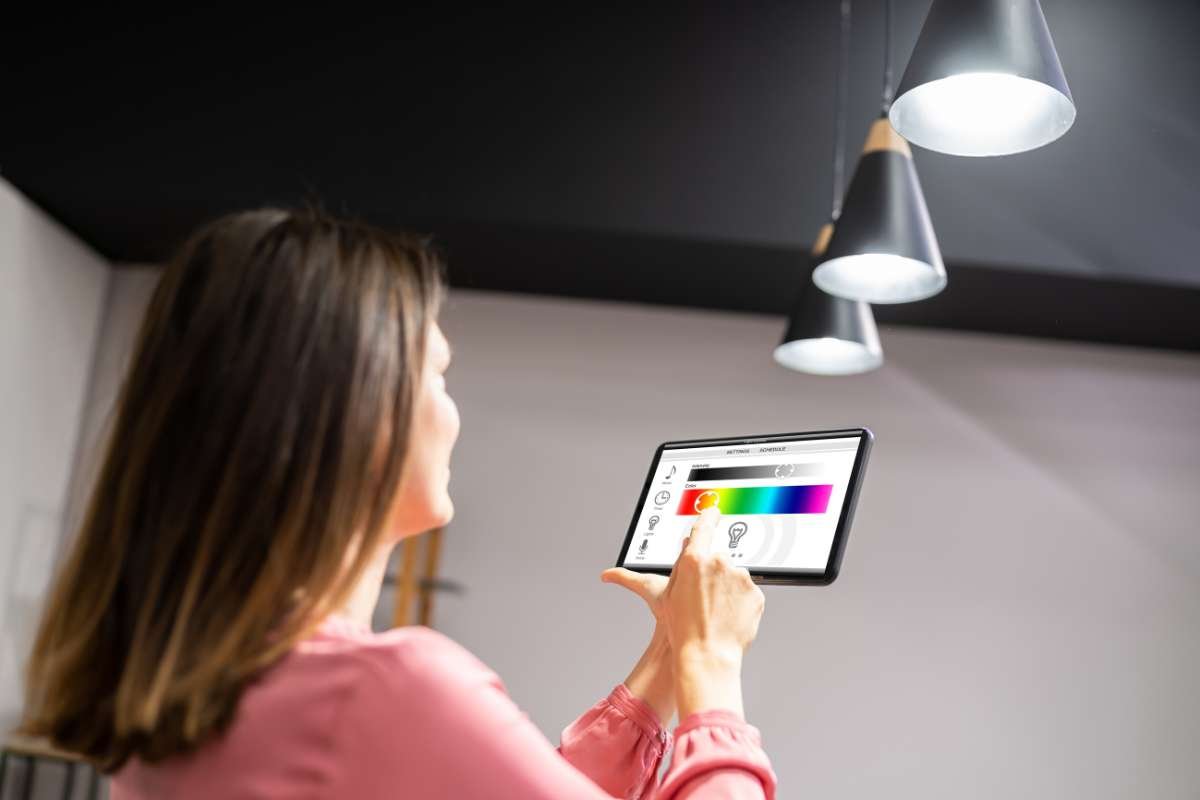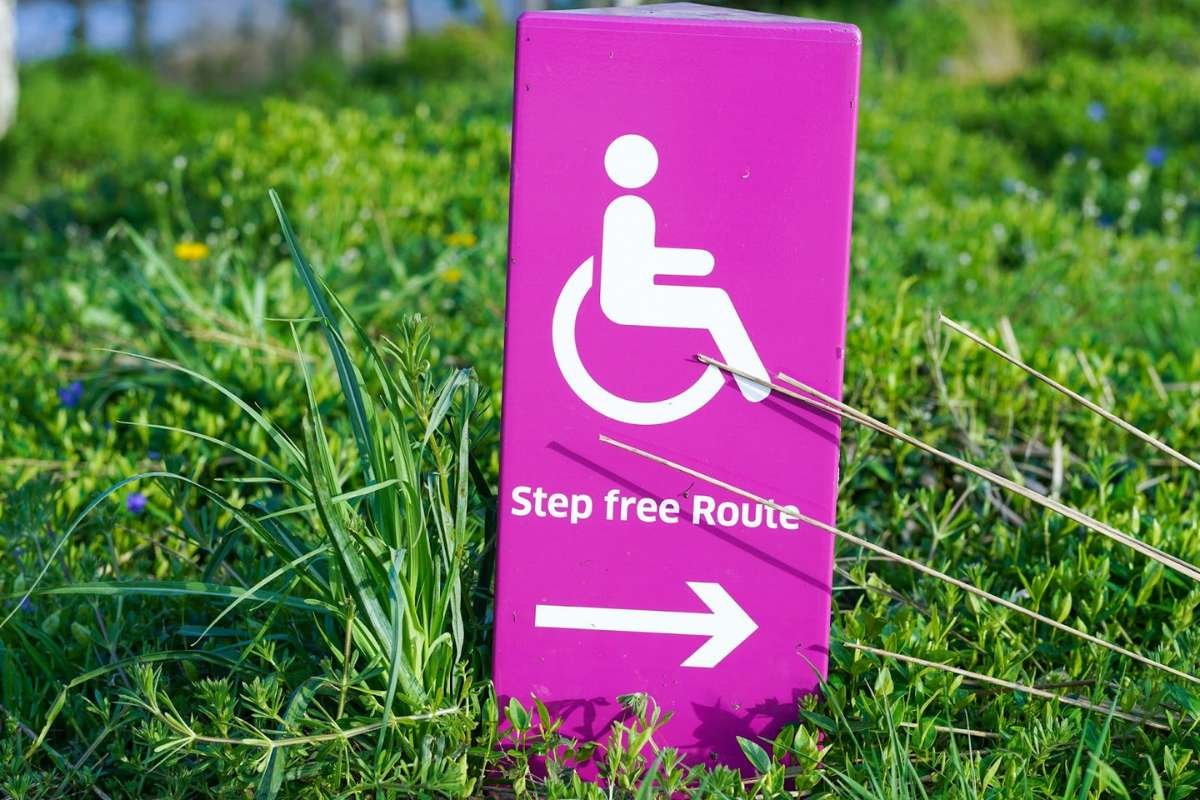Accessibility isn’t always something a person needs, but in fact, it can be something that really helps those who may need it at some point. You may not need captions on videos or a ramp to access your workplace, but accessibility is something that many other people might need who aren’t in the same position as you.
We all have a responsibility to try and improve accessibility where possible and you may have a certain influence over that. With that in mind, here are five ways to improve accessibility in your daily routine.
1. Add captions to video content and live streams
Adding captions to your video content can make a big difference to your videos and live streams in general. You never know who might be watching those videos, and they may rely on captions in order to understand what’s being said in the video or live stream in particular.
Not adding captions is a slip-up that may cost you a significant portion of your audience, especially if the content goes viral or you’ve got a popular platform on social media.
Adding captions, though, is easy enough, especially as there are now automated captions that can be added within the social media platforms themselves, too.
2. Use positive and clear language when communicating with others

The use of positive and clear language when communicating with others is crucial. Creating an inclusive environment means that you’re not using too much complex jargon when it’s not needed, especially when you’re interacting with people from all different educational backgrounds and countries in some cases.
The use of positive, clear, and inclusive language can be maximized both in-person, on the phone, or via digital conferences, as well as in writing. There’s no excuse not to make your communications more inclusive for all who are willing to listen to you.
3. Improve physical spaces with clear pathways
Physical spaces are something that you want to be proactive with, too, when it comes to accessibility. Not everyone can walk on two legs or use all of their limbs in the same way you may be able to.
Having awareness of these limitations is important because it helps you to view the world differently as a result. It also means you can improve physical spaces so that they’re more adapted to those with access needs.
The same can be done for physical spaces when it comes to clutter. Clearing clutter and keeping pathways clear is a key way to improve accessibility in your daily routine. This practice is not only great for accessibility, but it also helps keep individuals safe from harm.
Consider the benefits of applying for an accessible parking permit evaluation, or as a business, creating accessible-friendly spaces.
4. Adjust the lighting to a comfortable level for all

Lighting should be adjusted so that it’s not too glaringly harsh, nor is it too dark, so that people aren’t able to see the path clearly, or view something they might be looking at.
Adjusting the lighting, whether you’re in the workplace or in your own home environment, is important. You should always be aware of those who might have visual limitations that require a certain amount of lighting to help with this.
5. Adopt an accessibility mindset
To improve accessibility in your daily routine, you must continuously learn and listen to people with disabilities to understand the best practices and needs that might be missing currently for some people and their environments.
With these accessibility tips, you’ll be able to improve your own daily routines and those of others, too.









